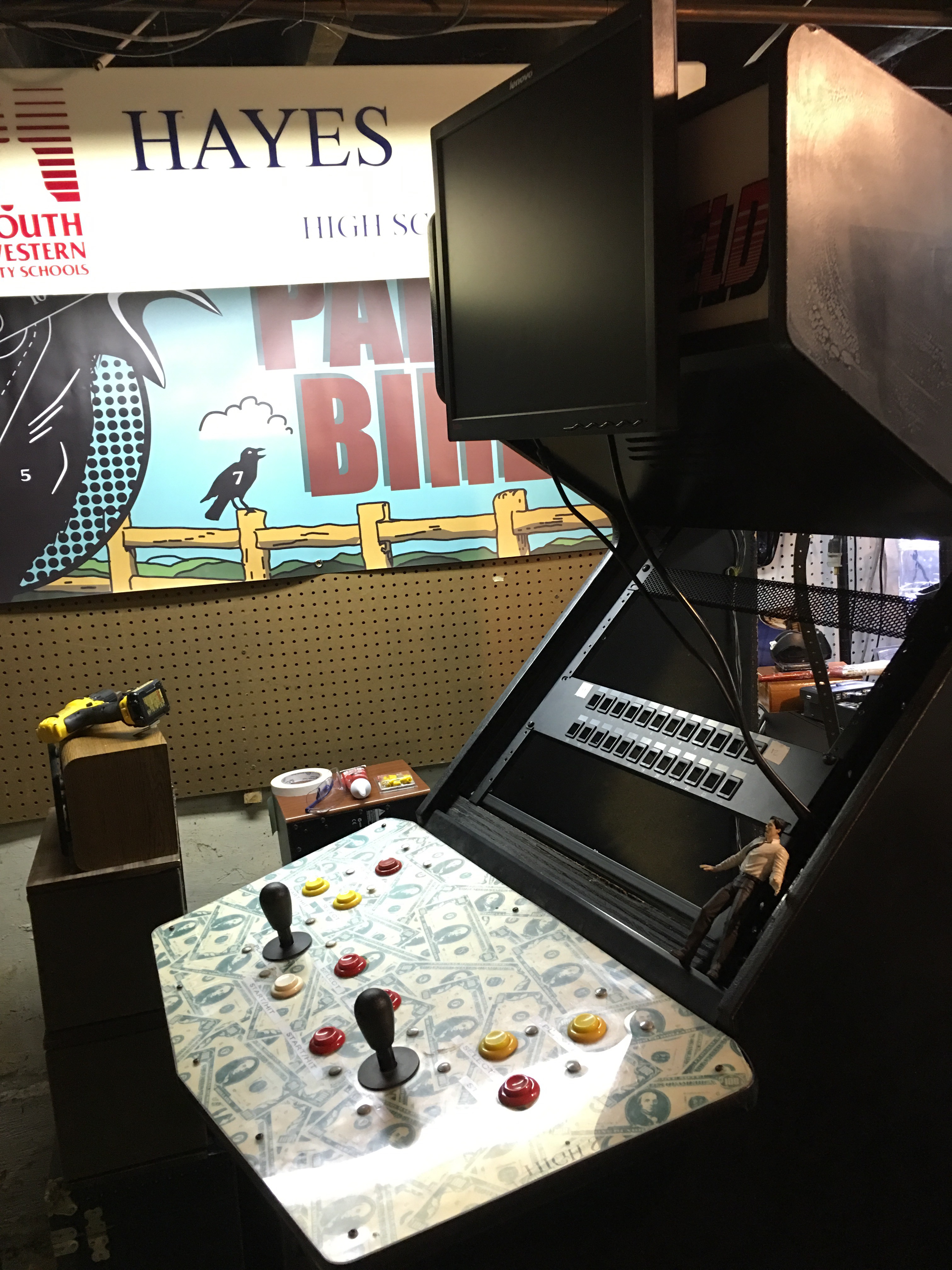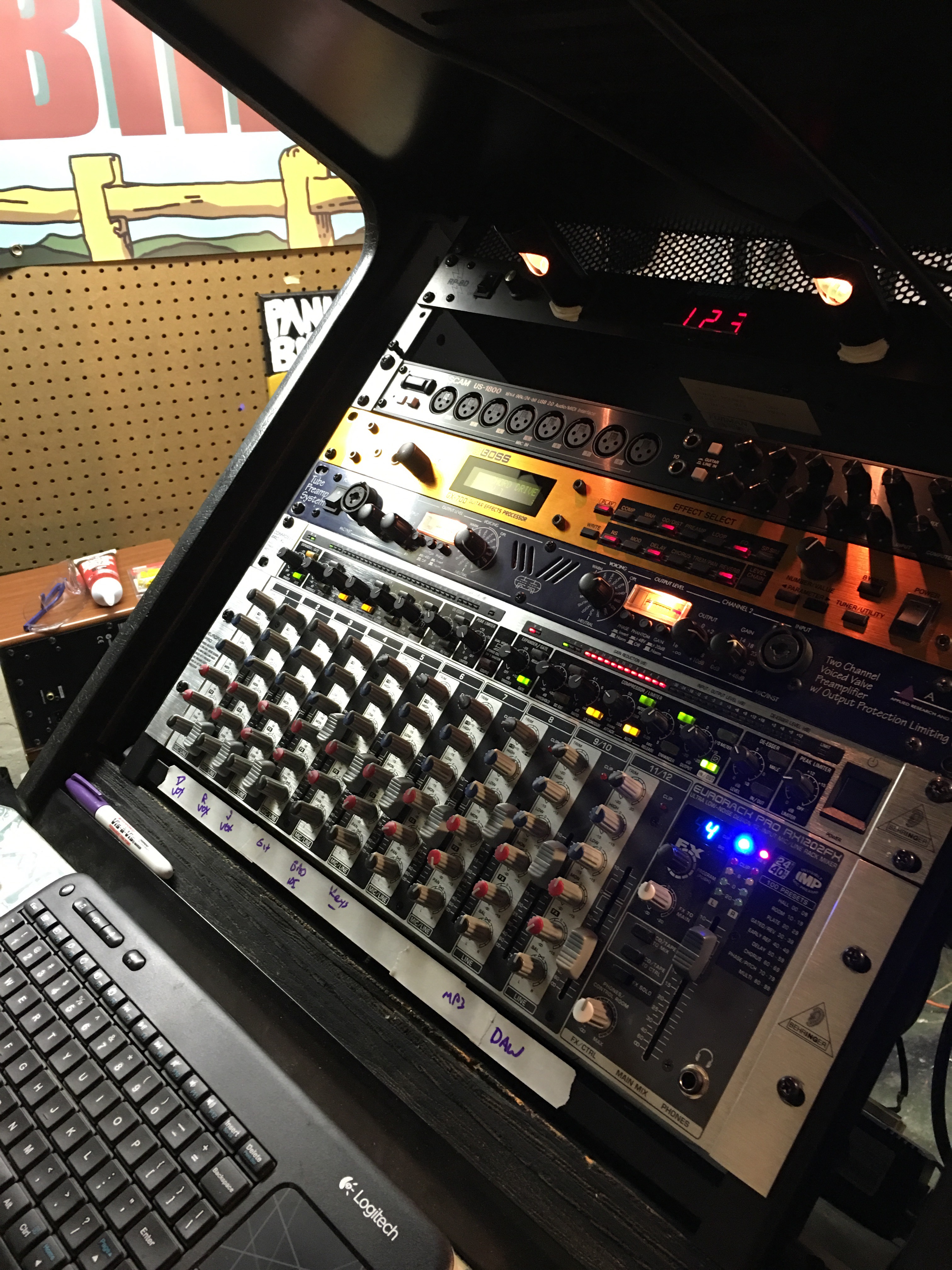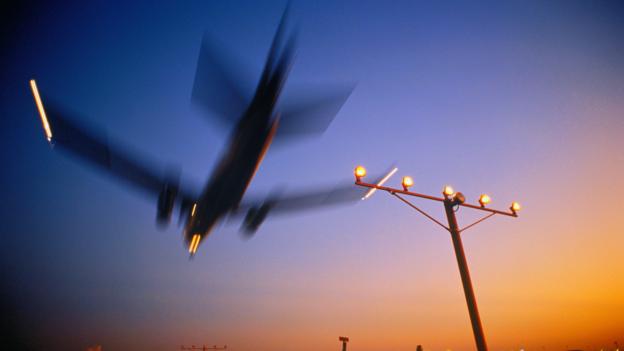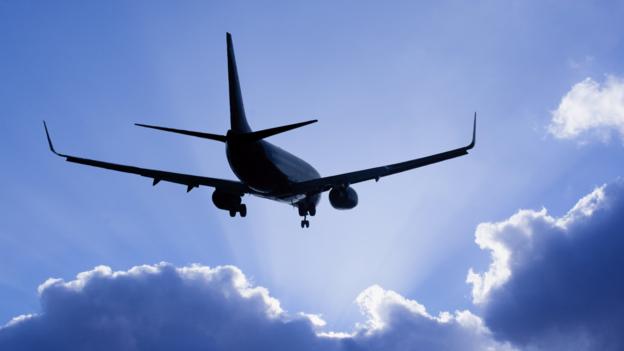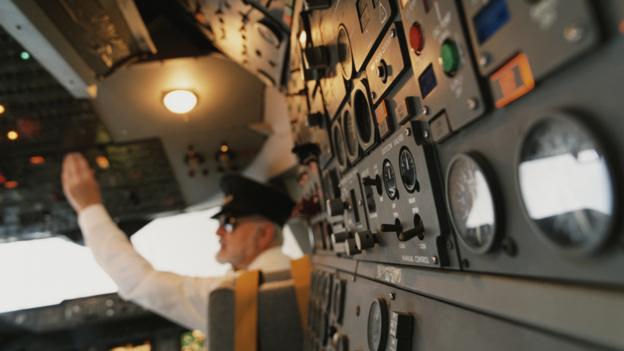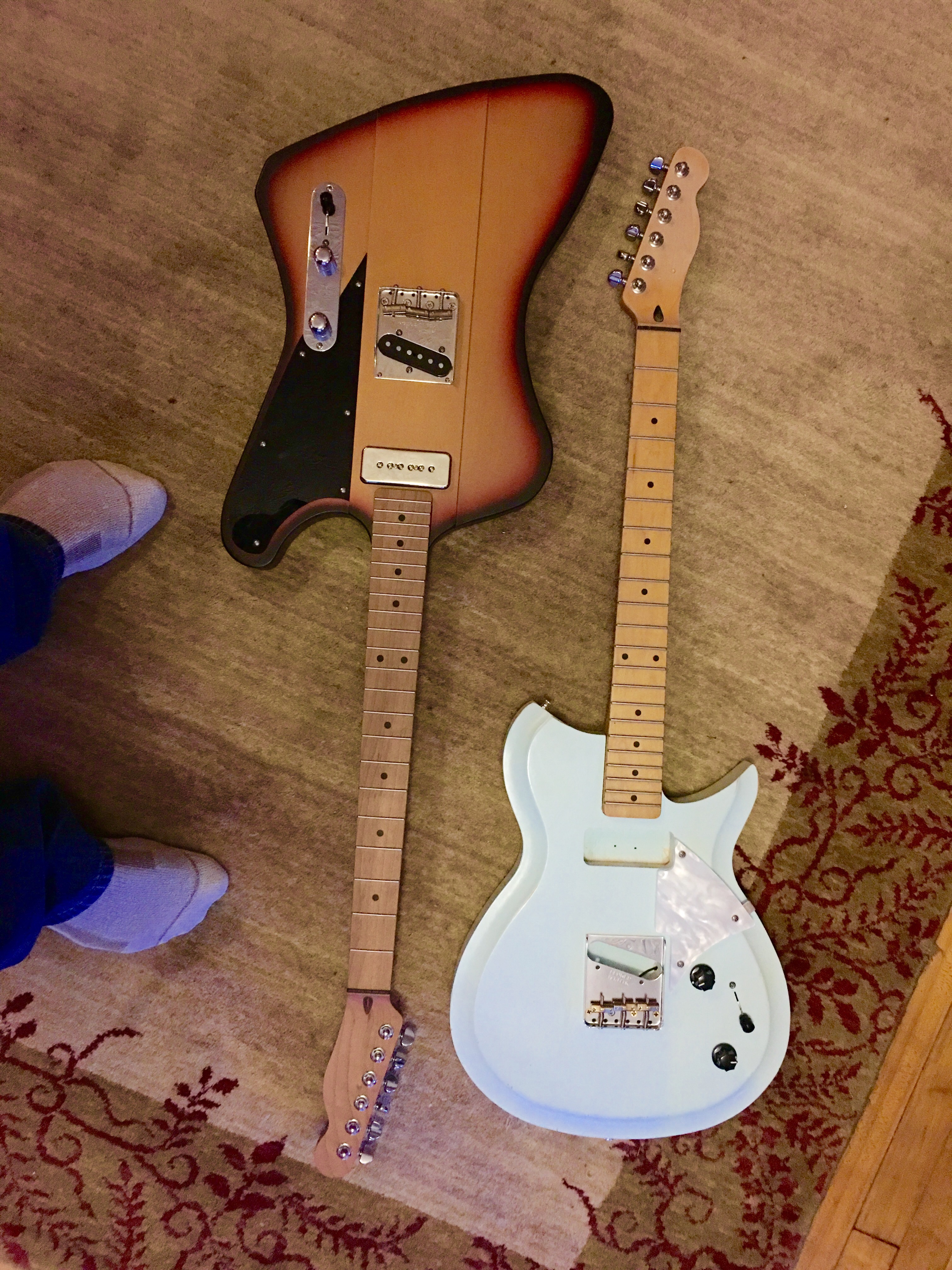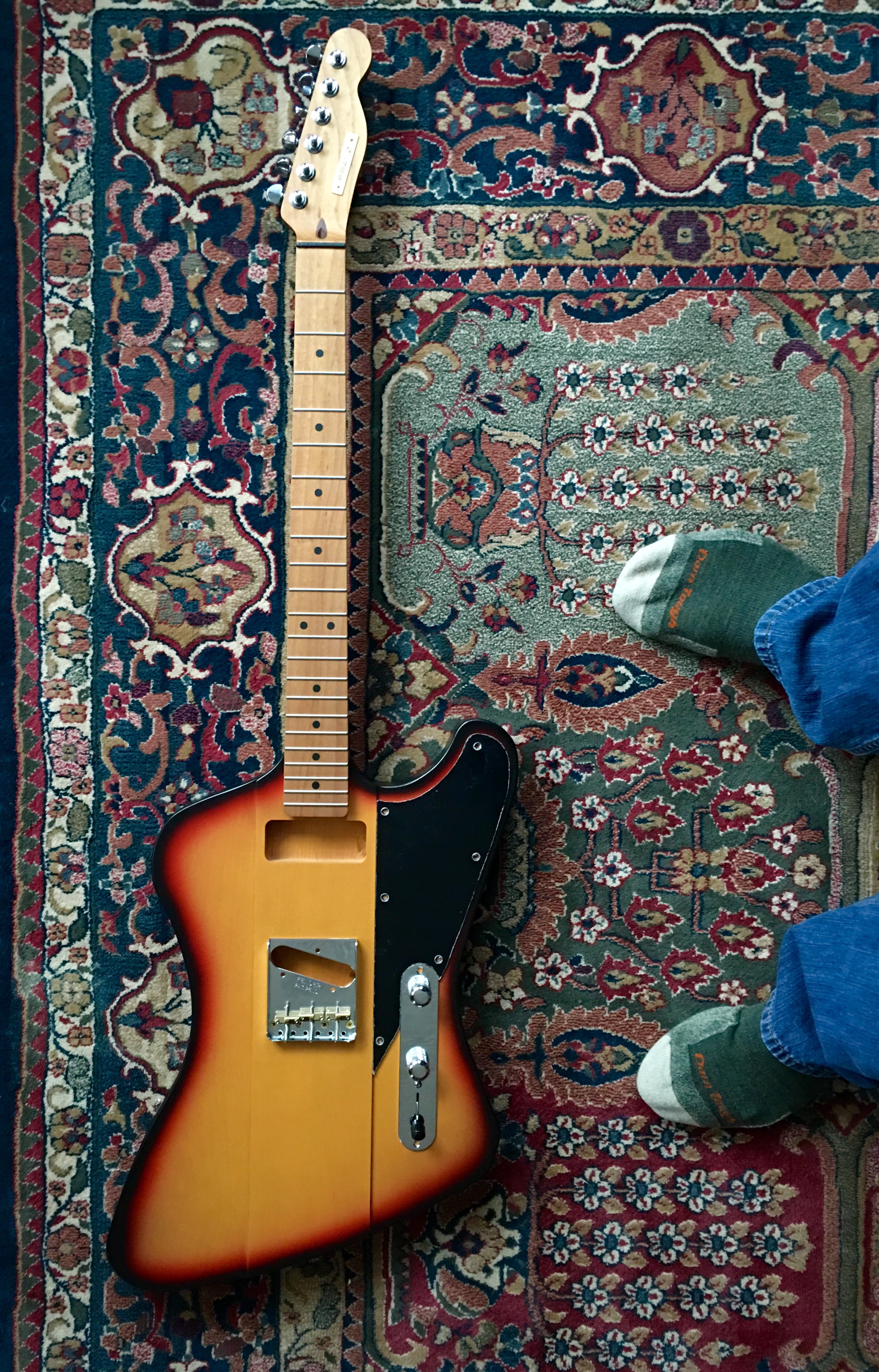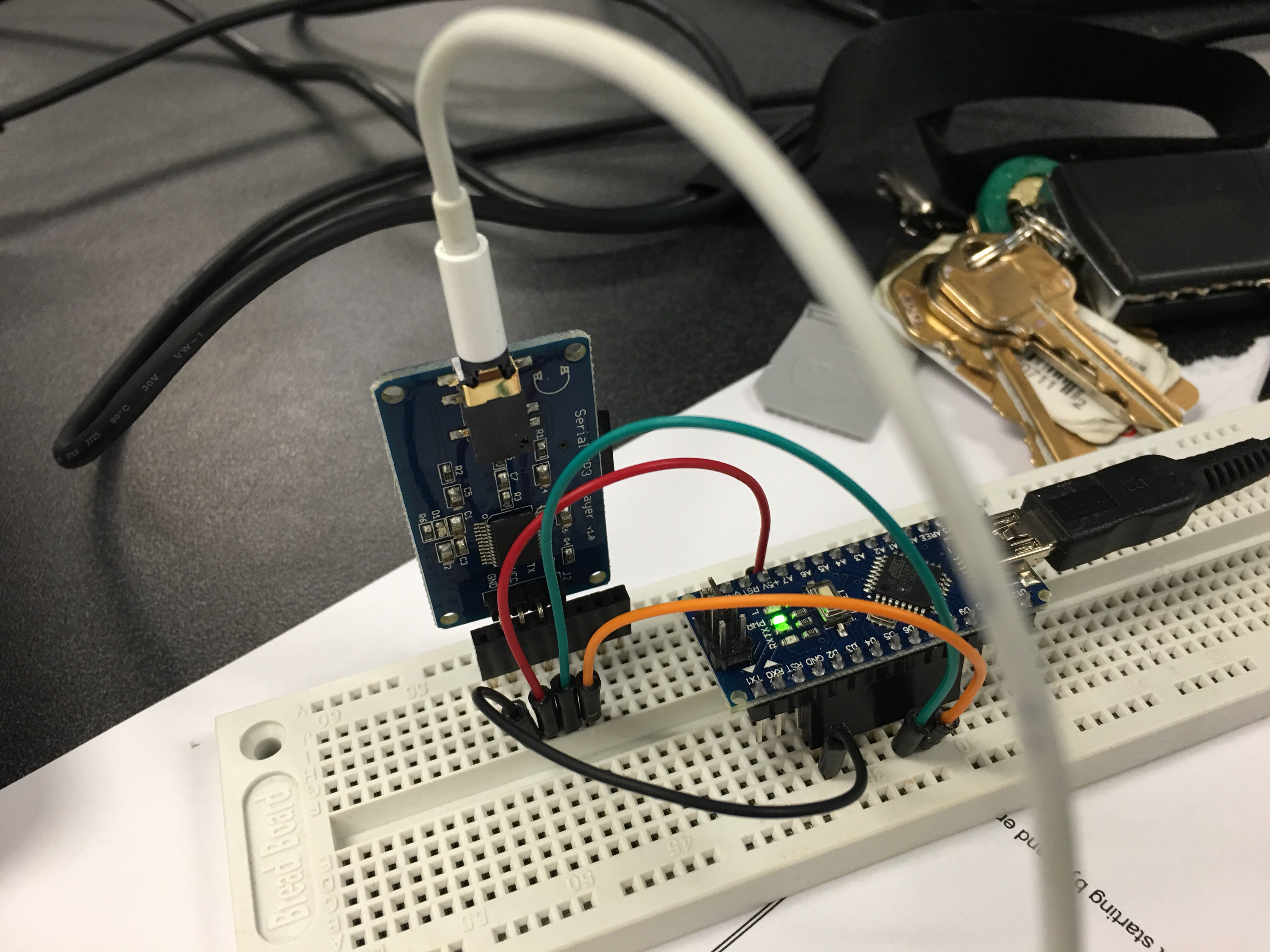Sheets. To embed a Sheet from Google Docs, open the spreadsheet you want to embed and click on the Publish to the Web link under the File menu. Then Embed and copy the code into your blog.
All posts by mrfitzer
BIN Test
Interactive Fiction Machine
Arcade Daw 1.0
Cabrontia Baracha!
How Airline Pilots Beat Jetlag
London’s dawn sky was orange when I boarded the flight. When I got off some six hours later in Montreal, Canada, it was still orange.
My body didn’t like it one bit. All of us operate based on the circadian rhythm, where light determines whether it’s time to be active or have a snooze. Those constantly darting across multiple time zones are familiar with that sinking feeling when the body clock gets completely mixed up and won’t adjust to the quick change in the light-dark cycle. The result, of course, is jet lag, caused by the disruption to the circadian rhythm – and for many of us, it’s a zombie-like state that results in moodiness, irritability, and deep fatigue. “Our internal clocks are not set to 24 hours. Unfortunately, exposure to light at the wrong time of day will cause your social sleep schedule to desynchronise from your internal clock,” says Erin E Flynn-Evans, a member of Nasa’s fatigue countermeasures group.
It’s the aircraft’s speed that’s to blame; the time zone changes are just too rapid.
It’s not so much the distance airliners are travelling, it’s that they’re flying so fast (Credit: Getty Images)
But some people experience these massive body shocks day in and day out: professional aircrew like pilots and flight attendants. So how do they cope with jet lag – or are they simply immune to it?
“Pilots suffer just like the rest of us, but they are typically provided with education sessions on how to manage their rest opportunities,” says Flynn-Evans. Most airlines have fatigue risk management programs to help pilots cope with jet lag – and pilots are even allowed to call in ‘fatigued’ when they feel like they are too jet-lagged to carry out their jobs safely.
The training prepares pilots to find out what works best for them – and stick to the routine. “When I started to fly long-haul, and asked older captains for advice on beating jet lag, they nearly all said ‘oh, what I think doesn’t matter – you’ll find out what works best for you.’ And they were right,” says Mark Vanhoenacker, a British Airways pilot and author of Sunday Times bestseller Skyfaring: A Journey with a Pilot.
If your flight is eastbound, it’s a good idea to start getting up early for several days before your trip and turn on bright lights
Flynn-Evans advises astronauts on how to beat jet lag – and the advice applies to regular travellers, too. First, always think about your direction of travel, as it will determine the times you should take a nap and times that you could consider taking supplements such as synthetic melatonin. Melatonin is a hormone that helps to set the body’s sleep cycle; artificial melatonin is a popular alternative to sleeping pills (although the debate whether it really is effective in beating jet lag is yet to be resolved).
Most people find it easier to adjust to time changes when flying west rather than east. When neurologist Dr Lawrence D Recht studied 1991-1993 season records of 19 Major League Baseball teams, he found those that had to travel east usually surrendered one run more than usual in every game.
So if your flight is eastbound, it’s a good idea to start getting up early for several days before your trip and turn on bright lights, says Flynn-Evans. On the day of travel and on the flight, avoid light – wearing sunglasses can help – to advance your internal clock. And when you arrive at your destination, for the first few days sleep with your curtains open and allow in plenty of light.
However, if you are travelling west and chasing the Sun, stay up late before the journey and expose yourself to bright light in the evening, delaying the body clock. No need for sunglasses on the flight – try to get as much light as possible. “These light effects happen relative to your internal clock, so if you are traveling from Los Angeles to New York, you should keep your watch set to LA time and make sure that you are exposed to bright light in the NY morning, but not before 3am LA time. It’s tricky, because you have to make adjustments based on the time zone that you left, not the time zone where you are arriving.”
Some pilots prefer staying on their home time zone the entire time they’re away
Long-haul pilot and flight safety specialist at Balpa (the British Airline Pilots Association) Stephen Landells recommends drinking plenty of water on the plane, eating lightly but at sensible times and trying to avoid caffeine or other stimulants.
Once at the destination, Vanhoenacker says that for him, “an 11am rule” works best. “If I can get to my hotel room or my bed at home by 11am, then I’ll have a nap for an hour or even two. Anything later and I’ll stay up until a normal bedtime. Whether or not I sleep on arrival, though, if I find myself struggling by late afternoon, a shorter nap can help – and 20 minute ones work a treat. Definitely set an alarm.”
Exercise is good, too, he adds – it refreshes you and makes you sleep better when you do eventually get your head onto the pillow. And he tries to find someplace green on his first day, even if it’s just a neighbourhood park. “And I’ve convinced myself it helps even to walk a little more – for that reason I usually avoid the moving walkways at airports, especially after a flight.”
Coffee and exercise
Not all pilots follow his routine, though. Some pilots prefer staying on their home time zone the entire time they’re away – but such an approach probably does not work for most business travellers, for whom it’s important to synch themselves with the rhythm of wherever they’re staying.
Betty Thesky is a flight attendant and author of Betty in the Sky With a Suitcase. She flies round trip to Europe from the US at least once a week. Unlike pilots, she says that she and other members of the aircrew don’t get any special training to fight jet lag – so she simply developed her own ways of dealing with it. “I arrive in Europe in the morning and allow myself to nap for a few hours, then force myself to get up even though my body wants to keep sleeping,” she says.
To wake up, she drinks some coffee for a little kick, followed by upbeat music and exercise in her hotel room. “You would be surprised how some jumping jacks, sit ups, push ups and hand stands with the Bee Gee’s Staying Alive in the background perk you up; then I’m ready to hit the streets.” And if you’re lucky to have a swimming pool at your destination, it really helps with stiffness, bloating and general fatigue associated with a long trip in a small seat, she adds.
Experts at Nasa’s fatigue management team say that – on average – it takes travellers about a day per time zone to adapt. With tricks and practice, Vanhoenacker managed to reduce it to roughly two hours per time zone per day, so for a six-hour time change he’s back on track after about three days.
Pilots are not robots, and they rarely become completely adjusted
It does happen, though, that we know we need to sleep but just can’t. Vanhoenacker says that in that case, it’s nice to embrace the experience of getting to know cities at unusual times of the day. His favourite memories of Los Angeles involve waiting on a quiet beach for a cafe to open its doors for 5am breakfast; and when he thinks of Hong Kong, in his imagination it’s almost always late at night.
But pilots are not robots, and they rarely become completely adjusted, says Landells. “Sensible rostering helps but if you are a long-haul pilot you know that for at least half your days off between flights you are going to feel awful. Personally I suffer from jetlag quite badly but can live with it; I know some pilots who moved from short-haul operations to long-haul and discovered that the long nights out of bed just didn’t work for them and they returned to the short-haul world.”
A study by researchers from the Institute of Aerospace Medicine at DLR in Germany surveyed 12 pilots during 11-hour round trips between Dusseldorf and Atlanta, Georgia. Jet lag made some pilots so tired during the return flight, wrote the scientists, that their fatigue level was said to affect their performance.
Some short-haul pilots find it difficult dealing with the fatigue from long-haul travel (Credit: Getty Images)
On air travel forums, some pilots confess to taking the popular prescription sleeping pill Ambien to adjust to a new time zone. It’s not banned by the FAA, but there are regulations on how much time has to pass before they are allowed to fly again. Ambien moves out of the body after six to eight hours; Sonata, another medication, stays in the body for a slightly shorter period of about five hours.
Many experts and flight crew themselves don’t use such medications – including synthetic melatonin – and stick to the natural methods of light exposure instead. “Passengers make the mistake of overmedicating or taking a sleeping pill with too much alcohol all too often,” says Thesky. “The results can lead to some crazy behaviour like taking your clothes off – something that the passenger never remembers but always regrets.”
Join 500,000+ Future fans by liking us on Facebook, or follow us on Twitter, Google+, LinkedIn and Instagram.
If you liked this story, sign up for the weekly bbc.com features newsletter, called “If You Only Read 6 Things This Week”. A handpicked selection of stories from BBC Future, Earth, Culture, Capital, Travel and Autos, delivered to your inbox every Friday.
Amazing…
Telebird
Ok…. I have an odd fascination with the telecaster. Or at least it’s simple controls. I found a builder who makes an awesome firebird-ish body with a tele route. It was just delivered today. I’m pairing it with a warmoth roasted maple neck. Both are finished with uber thin matte nitro. I’m looking for the perfect set of pickups…. P-90 in the neck and standard tele in the bridge.
Mp3DI Continued
I have sample sketches working separately with the mp3 module and the rotary encoder. The next step is to get them working with some sort of visual indicator. I think I have enough analog IO to push a 7 segment display.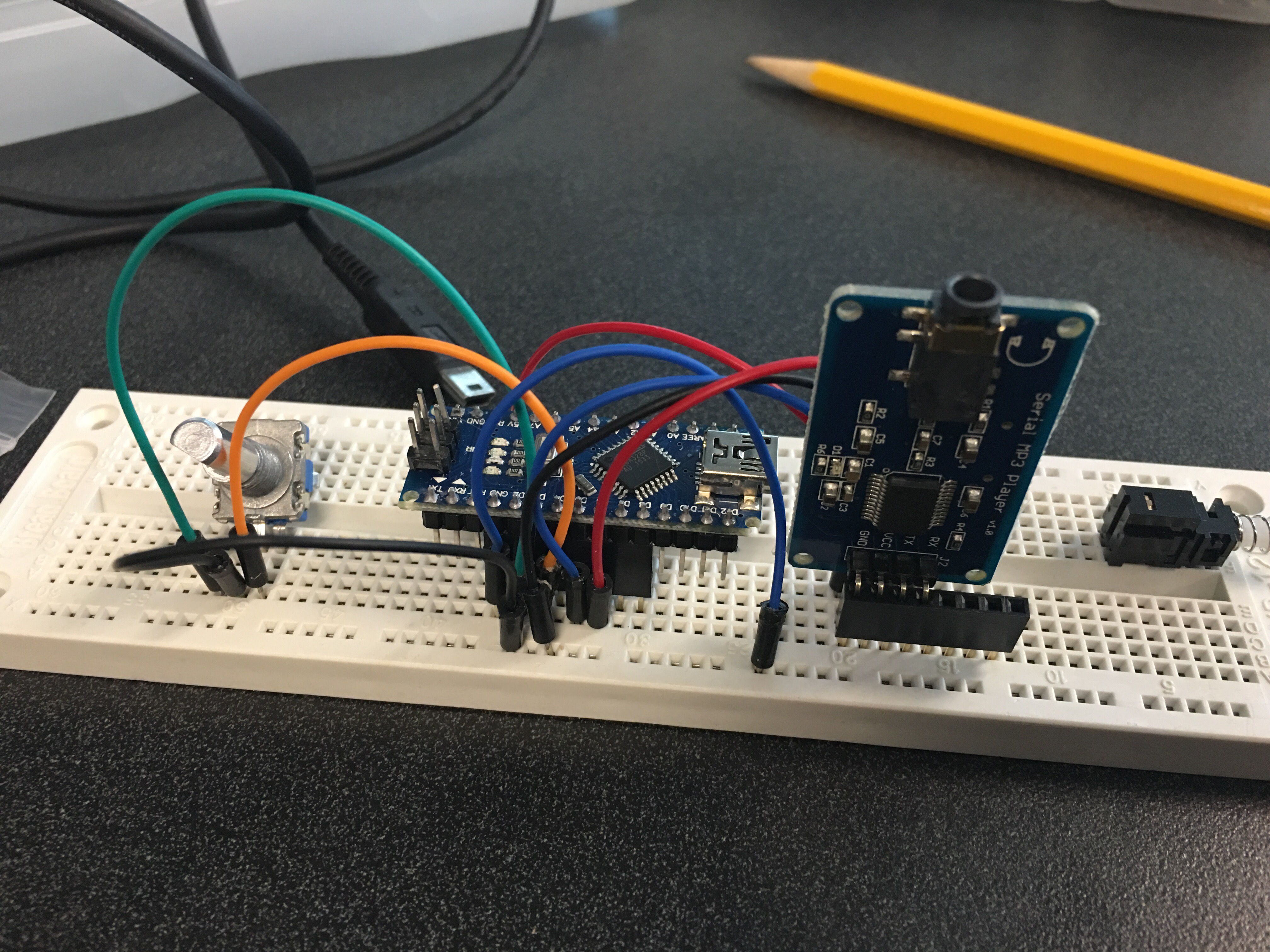
Where do you find a panel mount xlr connector, a 1:1 audio transformer and a project box for $8? In a pyle di from amazon.com!
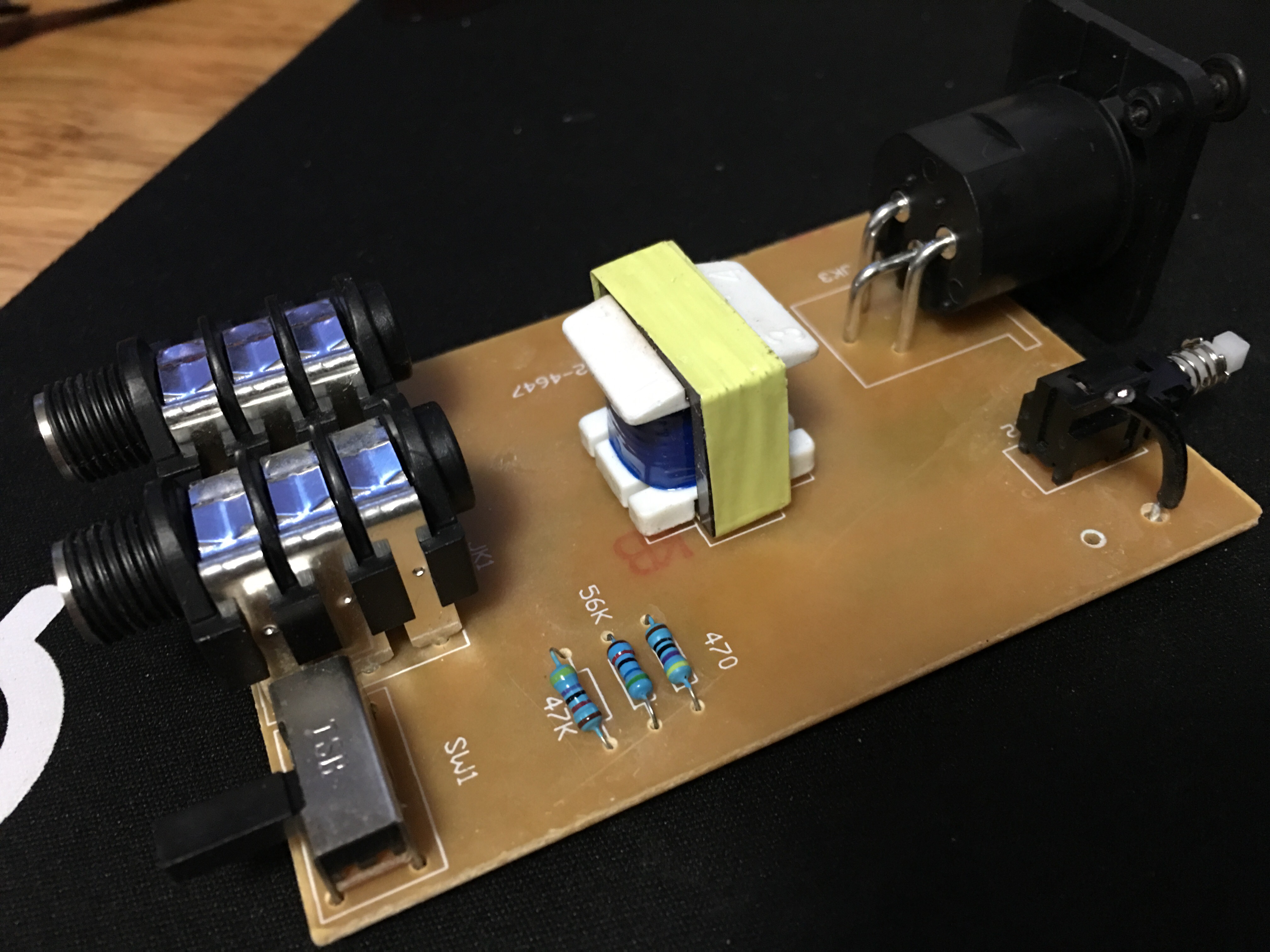
I was going to leave the transformer on the pcb but I need to relocate it to accommodate all the other bits…..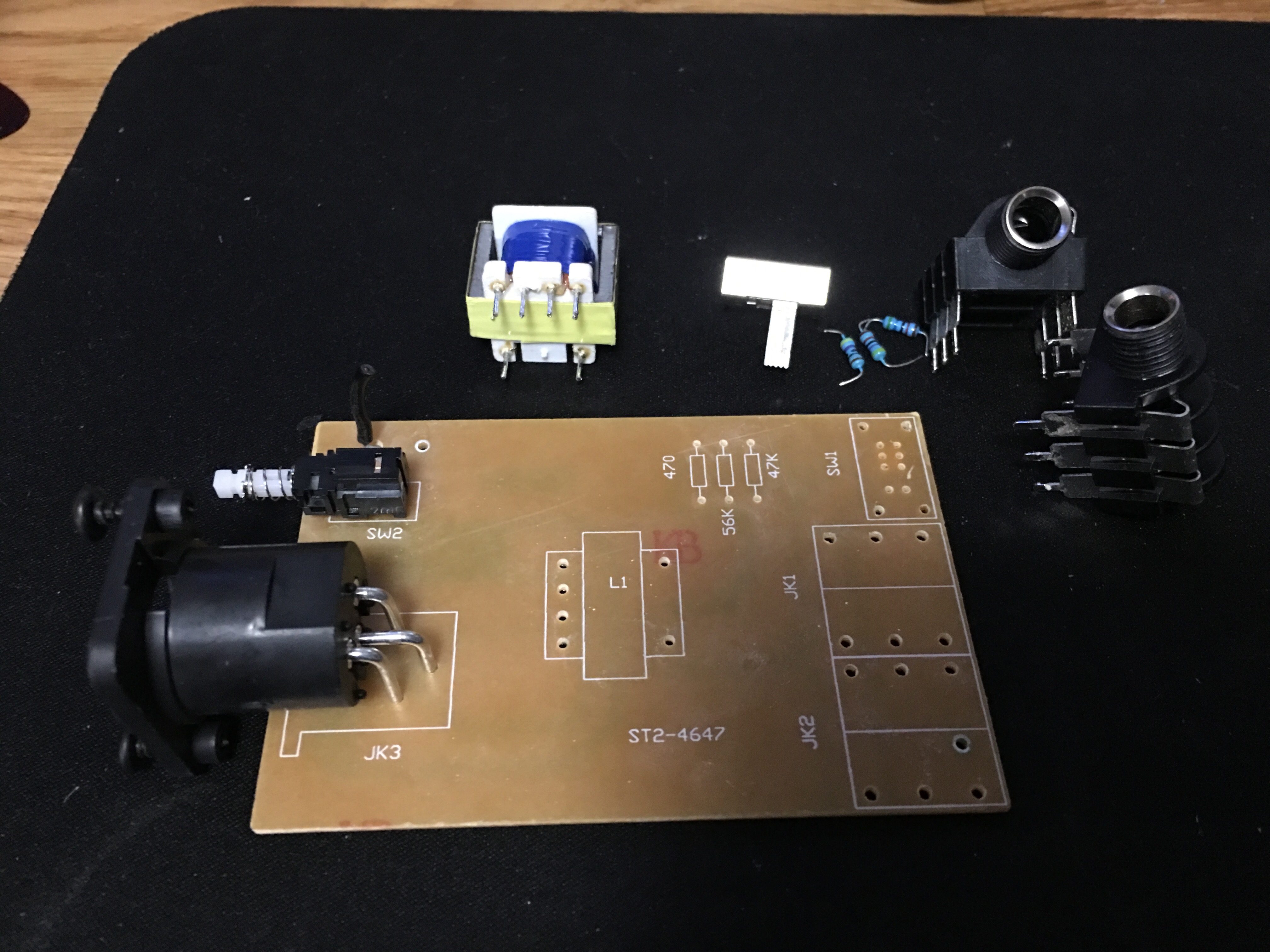
http://www.amazingtips247.co.uk/2015/11/how-to-play-sound-tracks-with-catalex.html
http://bildr.org/2012/08/rotary-encoder-arduino/

